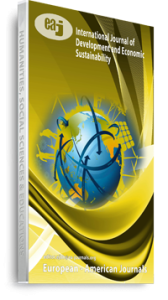Kashmir is not any rich oil producing or highly privatized metropolitan business state, but its ecology is its economy, it sustains the major clan of livelihood. The outcomes of the analysis show that the Valley Kashmir has a tremendous potential to absorb tourism, but at the same time the results propose that tourists should not be allowed beyond the carrying capacity of the area which means to promote sustainable tourism. The study focuses biophysical carrying capacity which deals with the extent to which the natural environment is able to tolerate external interference. Environmental degradation increases the vulnerability of people in Kashmir to natural disasters. The impact of environmental degradation threatens the basis for growth of tourism industry and livelihoods of people of Kashmir today and in the future. Considering the Kashmir valley which is primarily a mountainous region and hence an entirely sensitive area, significantly negative impacts are produced by even the slightest negative aspects attached with tourism industry operating in Kashmir. The environment should be used such that the future generation may not inherit pollution and resource depletion but instead reap the benefits. Environmental gains cannot be ignored as they do not provide direct income and tangible wealth. For increasing human welfare we have to set environment at priority.
Keywords: Carrying Capacity, Natural Habit, Sustainable tourism, Tradeoff

